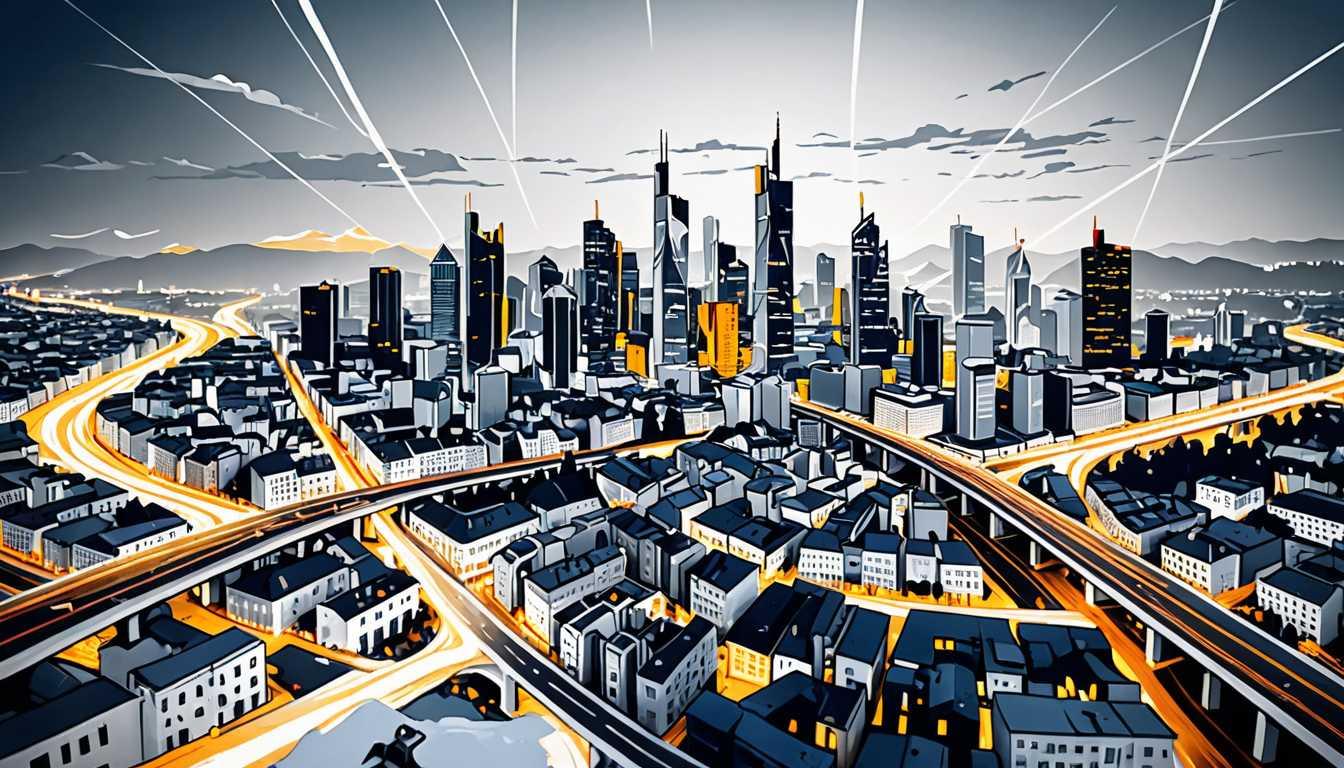From Blurry to Brilliant: MIT's Discovery
January 2023
Massachusetts Institute of Technology (MIT)
Introduction
Ever wondered how blurry photos could hide secrets or how scientists can make them crystal clear? Researchers at MIT and their global team have cracked the code on reducing uncertainty in images, making fuzzy pictures sharp again! They've developed a clever algorithm that doesn't just guess what's in the image but also shows how confident it is about each pixel. Imagine turning a smudged drawing of a cat into a detailed portrait, with science explaining exactly how sure it is about each whisker. Dive into the fascinating world of computer vision and uncertainty at MIT!
READ FULL ARTICLEWhy It Matters
Discover how this topic shapes your world and future
Navigating the Fog of Uncertainty
Imagine you're playing a video game, and part of the screen is hidden by fog. You know there's something important behind it, but you can't see it clearly. This is a bit like the challenge scientists face in many areas, including computer vision, where they try to make sense of images that are unclear or incomplete. The quest to understand and reduce uncertainty in these images isn't just an academic exercise; it has real-world implications, from improving medical diagnoses to ensuring justice in law enforcement. By finding ways to measure and express uncertainty more accurately, researchers are helping us navigate through the fog, making the invisible visible and the uncertain, certain. This journey into the unknown isn't just fascinating; it's crucial for advancing technology and making our world safer and more understandable.
Speak like a Scholar
Computer vision
A field in artificial intelligence where computers are taught to understand and interpret digital images or videos.
Algorithm
A set of rules or instructions given to a computer to help it complete a task.
Encoder
A type of neural network that takes an image and turns it into a list of numbers that represent that image in a way computers can understand.
Decoder
Another neural network that takes the list of numbers from the encoder and reconstructs the original image, but clearer.
Semantic attributes
Features or aspects of an image that have meaning, like the shape of a face or the color of a car.
Generative model
A computer model that can create new data that resembles the data it was trained on, like generating new images of cats based on pictures of real cats.
Independent Research Ideas
Exploring uncertainty in weather predictions
Investigate how uncertainty plays a role in predicting weather patterns and the implications for planning and safety measures.
The role of uncertainty in economic models
Look into how economists deal with uncertainty in their predictions about markets and economies.
Uncertainty in historical analysis
Examine how historians deal with incomplete or biased sources when trying to understand the past.
The impact of uncertainty in astrophysics
Study how uncertainty affects our understanding of the universe, from the behavior of distant galaxies to the search for extraterrestrial life.
Uncertainty in genetic research
Investigate how uncertainty affects genetic research, particularly in identifying the genetic basis of diseases.
Related Articles

Black Hole Flares: A 3D AI Revelation
April 2024
California Institute of Technology

Quantum Twist: Chaos & Order Unite
September 2023
Cornell University

Quantum Computing's Exotic Twist
April 2023
Cornell University

Unlocking the Future of the Internet
May 2024
Harvard Gazette

Packing Made Easy: Thanks, Science!
July 2023
Massachusetts Institute of Technology (MIT)